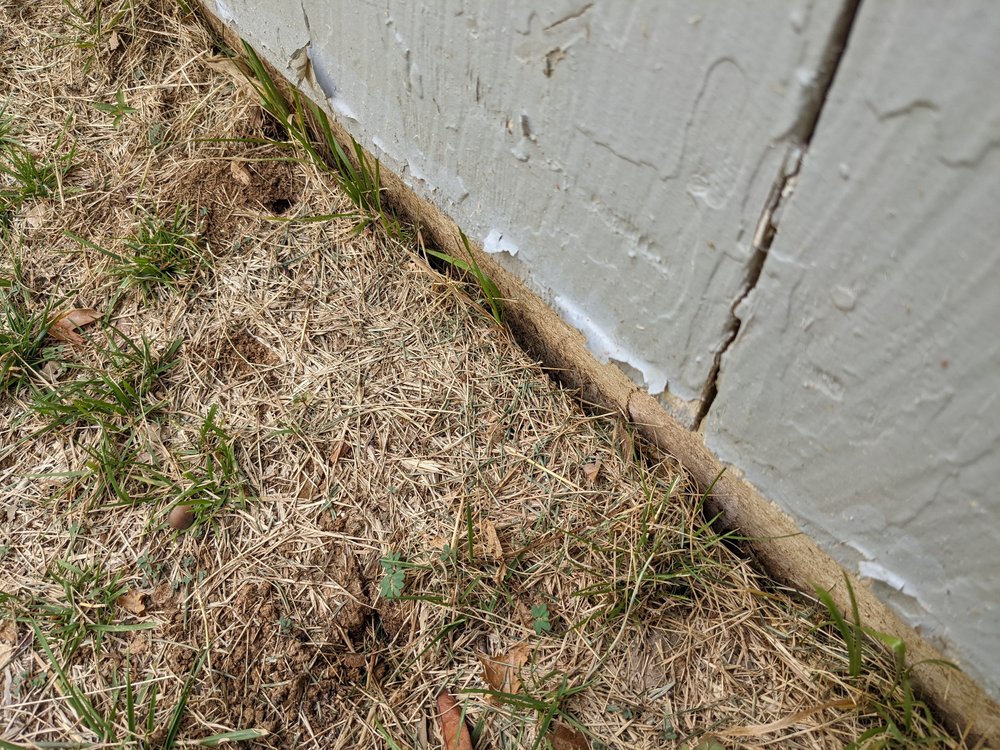Shared from an inspectors point of view on water or lack there of in a foundation and it’s health.

Desiccation Cracks – my mud is cracking!
Texas is hot and dry and as we are moving into September, we are seeing more and more desiccation cracks, which means that the soil itself is starting to crack. This is something that happens during prolonged dry spells to certain types of soil. The soil type that is experiencing the biggest issues is soils that have a high content of clay minerals such as smectites. When smectites get wet, water is able to get in between the molecules causing the soil to expand by pushing the structural units apart. When these water molecules evaporate, it shrinks down again. These clay contents that have a high shrink-swell plasticity will result in large crack formation during dry spells and it is not uncommon to see shrinkage of ten percent or more.
Why should you care about this and what does it have to do with foundations? The soil that underlies most properties here in Austin are shrink-swell soils. As the soil desiccates its capacity of bearing and stabilize the foundation decreases, which means that your foundation might get damaged. On top of this, most homeowner’s insurances do not cover damages that are caused by expansive soils. It is estimated that the expansive soils in the US alone generates a cost of damage of $2-3 billion every year. A cost that I know most of us would like to escape.
When there are significant and repeated moisture content changes, the foundation takes the most damage. This means that by maintaining an even moisture level around your property, you can avoid these costly repairs. The moisture level needs to not only be evenly around the property but also during the different seasons. While a well-constructed drainage system can help you keep the moist level down during wet seasons, watering your yard can help it during the dry seasons. This can be done by using a sprinkling system or even a regular soaker hose within 10-12 inches of the foundation edge. Make sure to not add too much water and not too little. If you are seeing desiccation cracks on the south side of your home but not the north, the south side will need more water than the north to keep the moisture level balanced. As a result, the soil will not experience great changes, and if it does these changes will be somewhat even throughout the home and minimizing the stress it puts on your foundation.
Signs the Soil Around Your Foundation is Too Dry
How do you know if the soil around your foundation is too dry? If there has been a stretch of very hot and dry weather, and you have done no supplemental watering, there is a good chance the soil around your foundation is too dry. Visual indicators include large cracks in your yard, and, in extreme instances, soil visibly pulling away from your home’s foundation.
Signs the Soil Around Your Foundation is Too Dry
How do you know if the soil around your foundation is too dry? If there has been a stretch of very hot and dry weather, and you have done no supplemental watering, there is a good chance the soil around your foundation is too dry. Visual indicators include large cracks in your yard, and, in extreme instances, soil visibly pulling away from your home’s foundation


 Facebook
Facebook
 X
X
 Pinterest
Pinterest
 Copy Link
Copy Link

